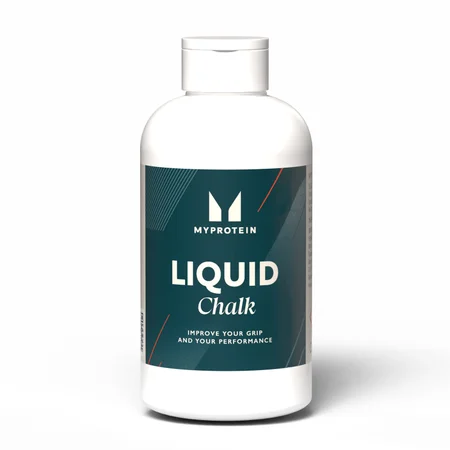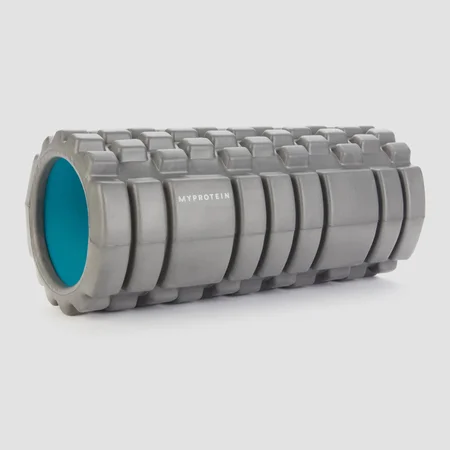Progressive Overload | What Is It?

Progressive overload is the process of gradually increasing training workload over a period of time. It involves putting more stress on your body — lifting heavier weights, completing more reps, running further distances — to deliver improvements in strength, muscle growth and fitness, and avoid training plateau.
We talk about this training principle often, but what does it actually involve, and how can it benefit your training? In this article, we’ll explain what progressive overload is, what its benefits are, and how to incorporate progressive overload into your training.
- What is progressive overload?
- Progressive overload methods
- What are the benefits?
- Example progressive overload training
- FAQs
What is progressive overload?
Unless you gradually increase the difficulty of your workouts, training improvements will slow down. Progressive overload is a training process designed to overcome this plateau and continue progression.
It’s important to continually increase the demand on your body as you get fitter and stronger. Using the progressive overload format, you’ll force your body to adapt to the increased demand placed upon it.

How to do progressive overload
1. Increased Weight/Resistance
The main point of progressive overload is increasing stress on your muscles or body to continuously improve your strength and fitness. Adding more weight with each workout, no matter how small, is one way to progressively overload. 1kg a week will lead to a 52kg improvement over a year. It all adds up.
2. Adjusting Sets/Reps
Another simple yet effective way is by adjusting your sets and reps. Adding one set or two-thirds more reps will increase the workload. It’s not a huge adjustment, but it is effective.
3. Reduced Rest Periods
Taking 10-15 seconds off a rest period might not seem like much, but when you reduce recovery time for your muscles, you increase the stress placed on them.
4. Periodisation
Periodisation is the systematic planning of a training programme. It involves progressive cycling of exercises over a specific period.
This allows you to alter rep ranges and load so you are getting more volume through a muscle group and should help reduce fatigue and prevent plateau.
5. Intensity
Increasing how hard you work or even the length of your workout is a great way to progressively overload. An extra 10% or an additional five minutes makes a big difference.
What are the benefits of progressive overload?
Avoiding Plateau
Reaching a plateau is a good sign as it shows your progression up to that point. However, it’s a sign to mix up your training routine to kick on to the next level.
Increased Strength
As your muscle fibres adapt to the increased stress of progressive overload, you will get stronger.
Increased Hypertrophy
In addition to increased strength, the continuous training adaptations of progressive overload should lead to increased muscle mass and volume.
Keeps Training Interesting
Doing the same exercises over and over can get boring. Progressive overload demands you constantly tweak your workout, helping to keep things interesting.

Example of progressive overload
Linear periodisation is a method of training that requires you to focus on one particular aspect of training for four weeks at a time. These are generally split into three categories: muscle growth (hypertrophy), strength and power. Each of these categories becomes the individual focus of training within a linear periodisation training programme:
- Weeks 1-4: (hypertrophy) – 12-15 reps
- Weeks 5-8: (strength) – 8-12 reps
- Weeks 9-12: (power) – 4-8 reps
Increase volume and intensity as you move from hypertrophy to strength to power.
One downside of this approach is you can only concentrate on one phase of training at a time, so some training improvements gained by the end of the first hypertrophy phase (week 4) may be lost by the start of the second hypertrophy phase (week 13).
Frequently asked questions:
What are the four principles of progressive overload?
Keep good form: Form before weight. Leave your ego at the door and focus on your technique for best results and less risk of injuries.
One change at a time: Change the difficulty one stage at a time. Changing too much at once may increase the risk of injury.
Reps and sets: Set yourself a rep window, eg 12-15 reps. If you fail to hit 12 reps, the weight is too heavy. If you can finish 15 comfortably, it’s time to move on to the next weight.
Record your progress: You risk losing track of and disrupting your progress if you fail to record your workouts. Keeping a log of the weights you lift is also an extra motivational tool.
How fast should I progressive overload?
Make sure you can lift your current weight comfortably before increasing it. Progression is good, but not at the cost of injuries. Walk before you can run.
Should I progressively overload every week?
Not necessarily. You may need some time to adjust to a new difficulty. Although quick progression is enticing, patience is required for the best results.
What is progressive overload for beginners?
Making your workouts harder in a sustainable way with a low chance of injury.
Are there any drawbacks to progressive overload?
Progressive overload is not a quick fix. Don’t add 50kg extra weight to your squat every session. You need to build up gradually and safely.

Take home message
Progressive overload is a useful principle to follow if you wish to see sustainable progress over a period of time. By gradually increasing the amount of stress on your body, you should make steady gains and overcome plateau.
Track your progress, adjusting weights, intensity, set/rep quantity, never moving on to the next stage until you’re ready, and you’ll see improvements in strength, muscle mass and overall fitness.
READ MORE HERE:

10-Minute AMRAP | Work Out From Home
Think you don't have time to work out? Well, try this.

What Is Aerobic Endurance? | Definition, Test & Training
Get on the fast track to better endurace with these aerobic training tips.

Get Ripped with This High Volume Training Plan
Here's how to transform your body for the better.











